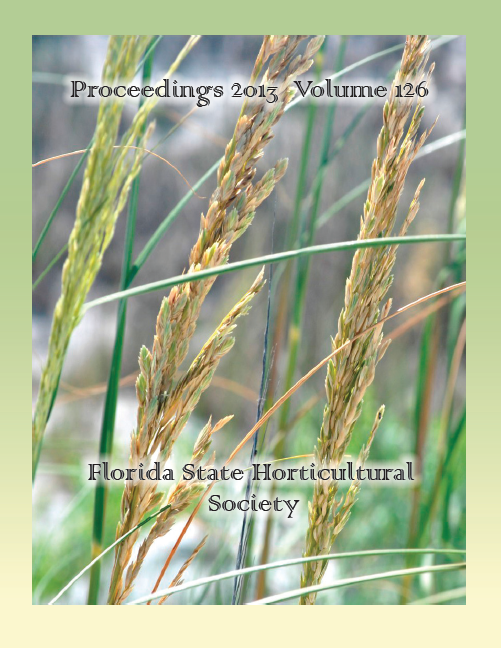Evaluation of Eight Table Beet Varieties for Stand, Disease Resistance, and Cultural Characteristics
Abstract
Table beets (Beta vulgaris) are one of the most popular food items sold at local farmer’s markets throughout the nation. Containing high levels of Vitamin C, iron, and magnesium, table beets are savored for both their sweet roots and their attractive yet flavorful tops. Scientific studies have repeatedly demonstrated that beet juice may actually reduce hypertension (high blood pressure), improving cardiovascular health. Much older than their now more widely-grown cousin, sugar beets, table beets had their origins in Europe and the Mideast around 2000 BC. Beet production was spread geographically by both the Greek and Roman empires.
Since those early days, plant breeders have developed a wide array of table beet cultivars that vary in size, appearance, color, sweetness, and disease resistance.

